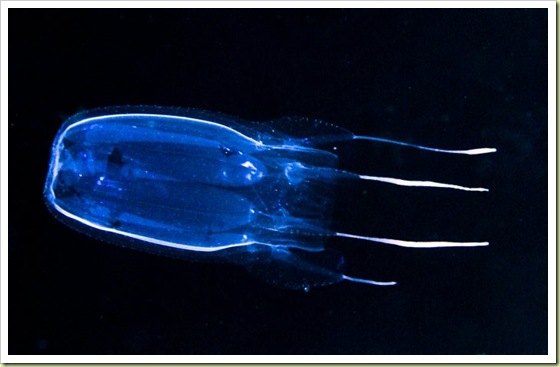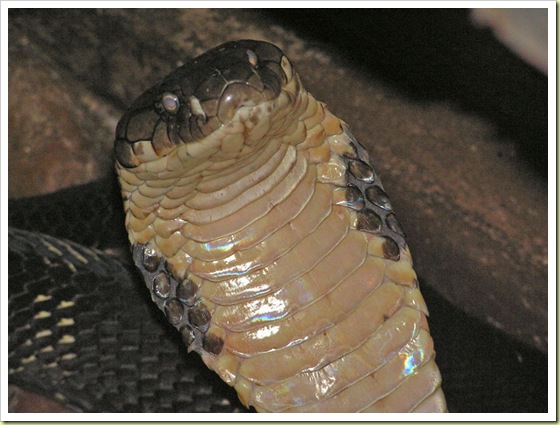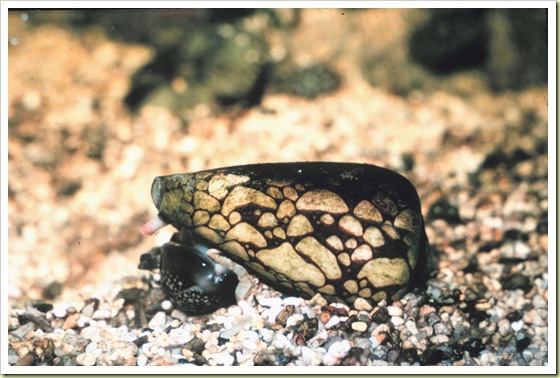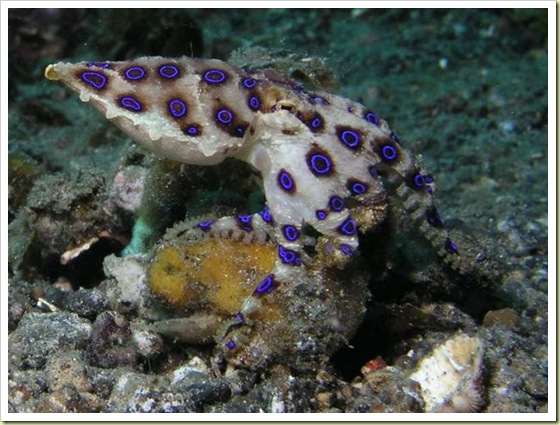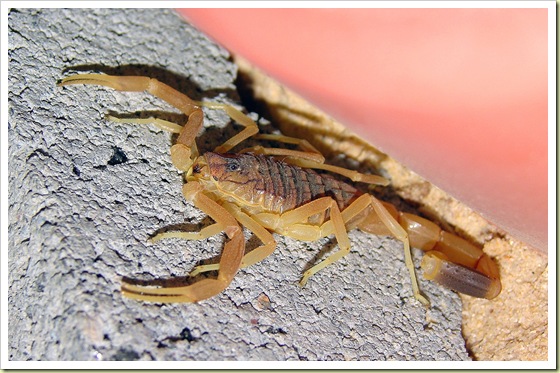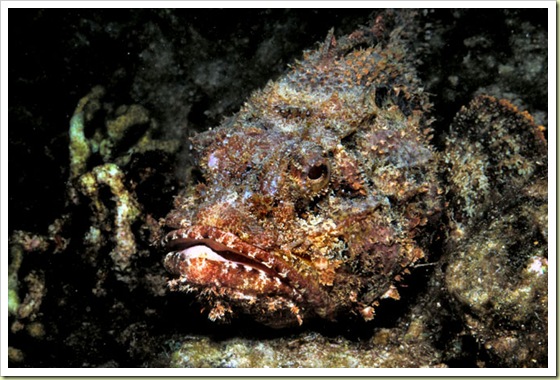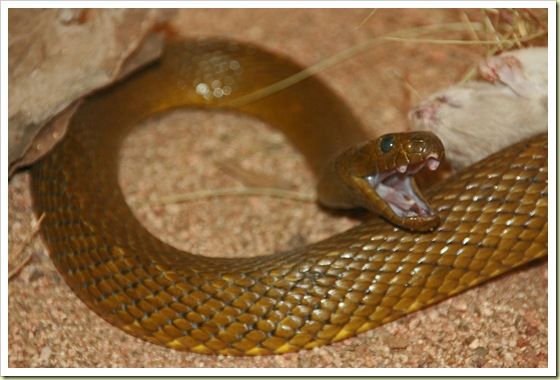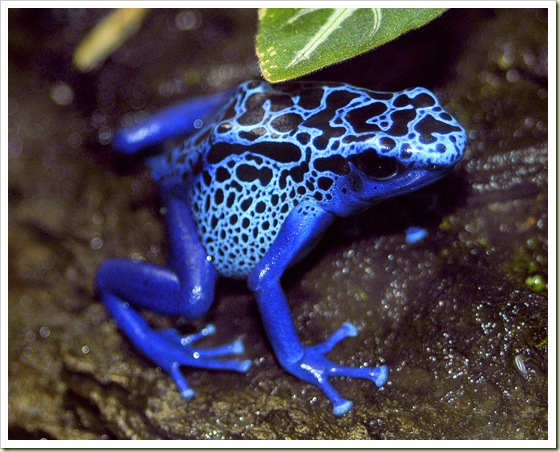History of Tower of Pisa
.jpg/250px-Leaning_Tower_of_Pisa_(April_2012).jpg)
The Tower of Pisa is one of the most fascinating and worldwide-known Italian monuments, admired for the exceptional elegance of its architectural structure, as well as for the extraordinary inclination.
Founded in 1173 as steeple annexed to the Dome (started in 1064 by the architect Buscheto) and to the Baptistery (started in 1152 by the architect Deotisalvi) in "Piazza dei Miracoli" (Miracles Square), the "leaning tower" is commonly attributed to Bonanno.
During some excavations carried out in the 19th century in the foundations of the steeple an urn was found having this name, which was thought to refer to the tower's builder. Scholars proposed to identify the Bonanno mentioned on the urn with the famous sculptor from Pisa who made the bronze gates of Pisa's Dome (where the gate of the façade, of 1179, went lost, while the other one, the so-called "Gate of S. Ranieri", is still preserved and can be seen outside the southern transept) and the gate of Monreale's Cathedral (dated 1185).
However, after only 12 years (1185) there were the first signs of subsidence of the ground, which caused the tower's inclination and led to the interruption of works in the middle of the third floor.
The construction was restarted only in 1275 by Giovanni di Simone and finished in the second half of the 14th century. Together with the Baptistery, the steeple tower is one of the first monuments in which the great novelty of the architectural language used in the neighbouring Dome is assimilated and proposed after some years.
With its circular plan, it shows again the theme of small loggias with arches on columns, which will become one of the most successful themes in the Romanic period in Pisa. In the first order at the foot there is the theme of blank arches on semi-columns framing lozenges, that is taken from the Dome.
On the top it ends with the cylindrical steeple cell with a lower diameter than the central part of the tower. Above the entrance door there was a sculpture of the Madonna with Child, ascribed to Andrea Guardi and now preserved at the Dome's Opera Museum. In the last years the Tower of Pisa has undergone some balancing interventions that have allowed to reduce its inclination: the subsidence of the ground also involves other monuments in Pisa, as for example the steeples of the churches of St. Michele degli Scalzi and St. Nicola.
During some excavations carried out in the 19th century in the foundations of the steeple an urn was found having this name, which was thought to refer to the tower's builder. Scholars proposed to identify the Bonanno mentioned on the urn with the famous sculptor from Pisa who made the bronze gates of Pisa's Dome (where the gate of the façade, of 1179, went lost, while the other one, the so-called "Gate of S. Ranieri", is still preserved and can be seen outside the southern transept) and the gate of Monreale's Cathedral (dated 1185).
However, after only 12 years (1185) there were the first signs of subsidence of the ground, which caused the tower's inclination and led to the interruption of works in the middle of the third floor.
The construction was restarted only in 1275 by Giovanni di Simone and finished in the second half of the 14th century. Together with the Baptistery, the steeple tower is one of the first monuments in which the great novelty of the architectural language used in the neighbouring Dome is assimilated and proposed after some years.
With its circular plan, it shows again the theme of small loggias with arches on columns, which will become one of the most successful themes in the Romanic period in Pisa. In the first order at the foot there is the theme of blank arches on semi-columns framing lozenges, that is taken from the Dome.
On the top it ends with the cylindrical steeple cell with a lower diameter than the central part of the tower. Above the entrance door there was a sculpture of the Madonna with Child, ascribed to Andrea Guardi and now preserved at the Dome's Opera Museum. In the last years the Tower of Pisa has undergone some balancing interventions that have allowed to reduce its inclination: the subsidence of the ground also involves other monuments in Pisa, as for example the steeples of the churches of St. Michele degli Scalzi and St. Nicola.




















